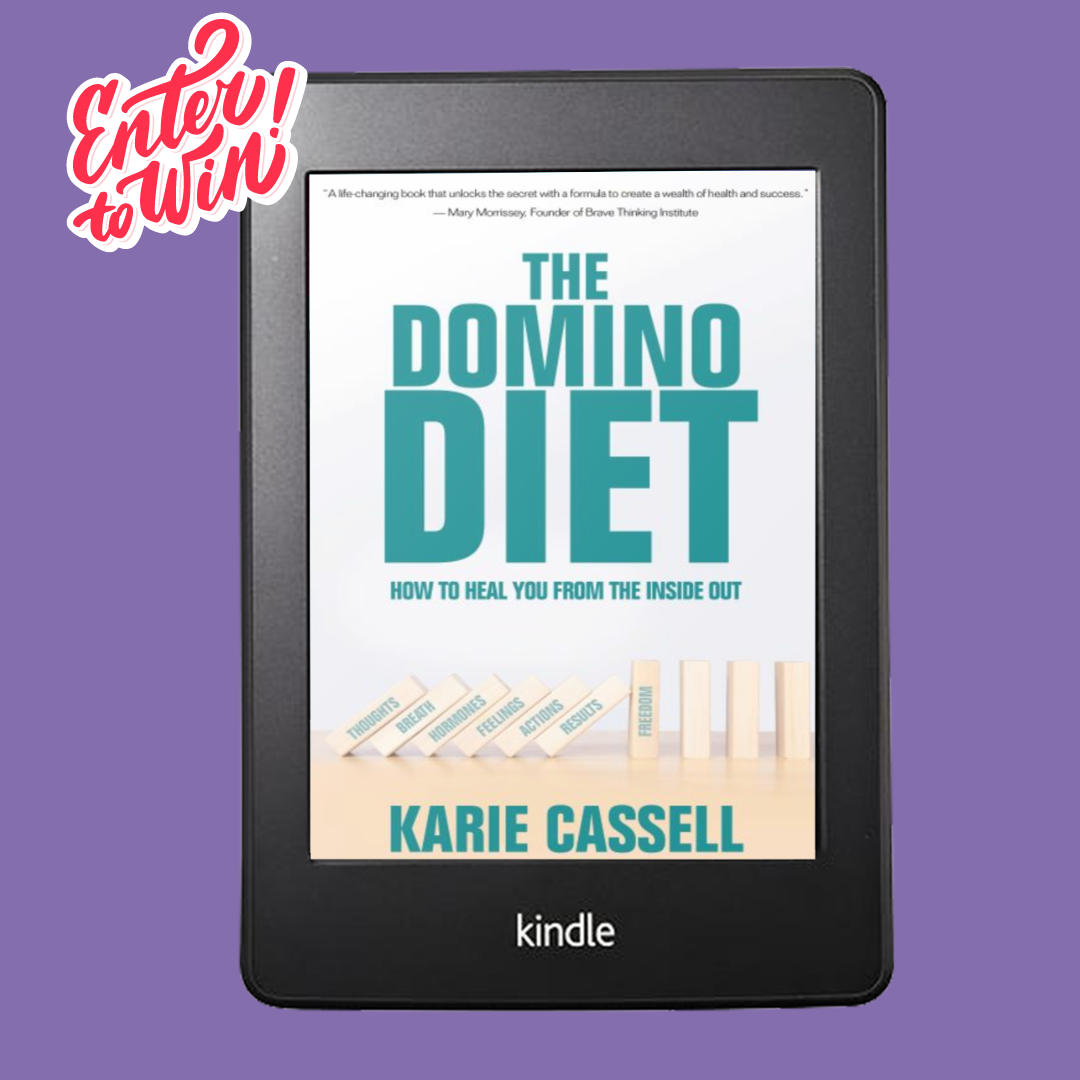Zinc Health Guide
Jan 13, 2025
Why Zinc is Essential for Health
Zinc is a powerhouse mineral that plays a critical role in maintaining overall health, particularly when it comes to supporting the immune system. It helps the body produce and activate immune cells, making it a vital nutrient for fighting off infections and speeding up recovery from illnesses like colds and flu. Zinc also aids in wound healing, supports cellular repair, and is essential for growth, development, and even maintaining a healthy sense of taste and smell.
The recommended daily intake for zinc varies by age and gender. Adult men need about 11 mg per day, while adult women require 8 mg. However, during pregnancy and lactation, women may need up to 12 mg daily. Consuming too much zinc can lead to adverse effects, such as nausea, headaches, and a weakened immune response, so it’s important not to exceed the tolerable upper limit of 40 mg per day for adults.
Signs of zinc deficiency include frequent colds, slow wound healing, hair loss, and a reduced sense of taste or smell. Those at higher risk for deficiency include vegetarians, individuals with gastrointestinal conditions, and those who consume excessive alcohol. Lower intakes of zinc can result from poor dietary diversity, malabsorption issues, or reliance on foods low in zinc.
Foods High in Zinc
Incorporating zinc-rich foods into your diet is the best way to ensure you’re meeting your daily needs. Here are some top sources:
-
Oysters: 74 mg per 3 ounces
-
Beef: 7 mg per 3 ounces
-
Pumpkin seeds: 2.2 mg per 1 ounce
-
Chickpeas: 1.3 mg per 1 cup (cooked)
-
Cashews: 1.6 mg per 1 ounce
-
Yogurt: 1.3 mg per 1 cup
-
Chicken: 2.4 mg per 3 ounces
-
Fortified cereals: Varies, often 3-5 mg per serving
-
Eggs: 0.6 mg per large egg

Recipe: Zinc-Loaded Power Bowl
Ingredients:
-
1 cup cooked quinoa (1.1 mg zinc)
-
3 ounces grilled chicken breast (2.4 mg zinc)
-
½ cup chickpeas (0.6 mg zinc)
-
¼ cup pumpkin seeds (4.2 mg zinc)
-
1 cup spinach (0.2 mg zinc)
-
1 avocado, sliced (0.6 mg zinc)
-
2 tbsp tahini dressing (0.3 mg zinc)
Instructions:
-
In a large bowl, layer the cooked quinoa, grilled chicken, chickpeas, spinach, and avocado slices.
-
Sprinkle pumpkin seeds on top for a crunchy zinc boost.
-
Drizzle with tahini dressing and serve.
Total Zinc Content: Approximately 9.4 mg per serving.
Tips for Boosting Zinc Intake:
-
Add pumpkin seeds or sunflower seeds to salads, oatmeal, or yogurt.
-
Use chickpeas or black beans as a base for soups, stews, or dips.
-
Opt for fortified cereals and whole grains for breakfast.
-
Include lean meats and seafood, like salmon or shrimp, in meals.
With zinc’s critical role in immune health and other bodily functions, paying attention to your intake can make a significant difference in your overall wellness.

Here are 2-3 references you can use for the blog:
-
National Institutes of Health (NIH) Fact Sheet on Zinc
https://ods.od.nih.gov/factsheets/Zinc-Consumer/ -
World Health Organization (WHO) - Micronutrient Deficiencies
https://www.who.int/news-room/fact-sheets/detail/micronutrient-deficiencies -
Harvard T.H. Chan School of Public Health - Zinc
https://www.hsph.harvard.edu/nutritionsource/zinc/
These links provide reliable information on zinc's health benefits, recommended intakes, and deficiency risks.
The Nourish to Flourish Community, we’re dedicated to helping you create a lifestyle that promotes holistic health. Join us for tips, courses, live Q&A sessions, and more to support your journey to wellness. Together, we can build a community that celebrates the heart—in every sense of the word. https://www.kariecassell.com/nourish-membership

Customize Your Nutrition Tips & A Chance to Win my Book!
Check the boxes that apply to your request and you'll be entered into monthly Book Giveaway!
Don't worry, your information will not be shared.
We hate SPAM. We will never sell your information, for any reason.




